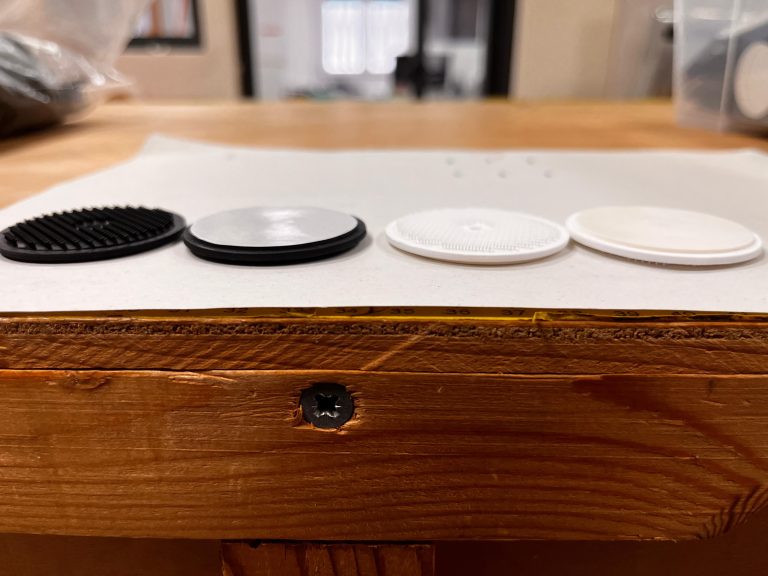by Lorenzo Pollicardo
One of the main aspects to be considered on board is the need to mitigate URN – Underwater Radiated Noise, which requires coordination between different policies and stakeholders
The oceans are predominantly an acoustic world, partly because there isn’t much light beyond 200 m depth and no light at all from a depth of 1,000 m.
In simple terms, the basic rule is: the bigger and faster a ship, the louder it is. With shipping increasing massively in recent decades, ocean noise pollution in many marine areas has doubled every decade since the 1960s. In European waters, noise levels even doubled within just 5 years between 2014 and 2019.
It is difficult for us humans to even imagine what is happening acoustically below the surface: we need to bear in mind that sound travels almost five times as fast in seawater as it does in the air.OceanCare, Foundation based in Switzerland that holds Special Consultative Status on marine issues with the Economic and Social Council of the United Nations
Consequences on marine life

This constant underwater noise generated by vessels can be imagined as a kind of “acoustic fog”. It is known to cause so-called “masking” of the communication, e.g. of marine mammals: most marine animals depend on sound for their vital functions such as mating, finding prey, avoiding predators and hazards, sensing their environment, orientation, and communication.
The simplest and quickest way to reduce underwater noise from shipping is to reduce the ship’s speed. This measure would also have other positive environmental benefits, such as reducing CO2 emissions as well as other air pollutants and lowering the risk of collisions with whales significantly.

From the European Maritime Safety Agency (EMSA) comes “SOUNDS – Status of Underwater noise from Shipping”, a report on inventory of existing policy, research and impacts of continuous underwater noise.
Its aim is to to consolidate information about continuous URN from shipping, in order to derive recommendations for a future multi-stakeholder strategy within Europe. The study focussed on four main subject areas, with noise sources, environmental impact and policy providing the basis for the main goal, mitigation.
Recognising the important role of a wide range of stakeholders, an extensive literature review was combined with stakeholder consultation in the form of a questionnaire and interviews.
The EMSA estimated (using AIS data) the average sound level due to shipping in 2014 at 100 Hz. High sound levels are found in multiple shipping lanes in European waters, including the Atlantic, Baltic, Mediterranean and North Sea regions.

Studies on shallow and deep waters
The main source of URN from shipping is broadband propeller cavitation, radiating noise over a large frequency range. Machinery, primarily main propulsion engines, can also have an important contribution.
Both measurements and modelling of ship noise are important for effective mitigation; the standardisation of terminology and procedures, as well as uncertainty quantification, have been the focus of recent and ongoing work.
While deep water conditions have been treated thoroughly in the past, work on shallow water propagation effects – which are particularly relevant for much of EU coastal waters – is in progress, with final results expected in 2024.
Policies for managing underwater noise
So far, several policies are being developed and implemented at different levels for managing underwater noise, under the auspices of the Regional Sea Conventions, International Multi-party agreements and at European level.
Only the guidelines released at IMO – International maritime Organization, providing recommendations for underwater noise reduction from shipping, are exclusively dedicated to the shipping industry. All the remaining policies are focused on continuous underwater noise.
The Marine Strategy Framework Directive is the only piece of regulation implementing binding actions at European level. However, an important aspect is the existence of working groups dedicated to the subject of underwater noise, which allows for discussion among different stakeholders.
National administrations and experts on underwater noise are the main stakeholders engaged in the working groups, but the participation of industry representatives is strongly encouraged.
A combination of different expertise

Managing URN from ships is a multi-sectoral challenge which requires coordination between different policies and stakeholders to reach the main goal of underwater noise reduction.
The engagement of shipping and shipbuilding industries is crucial since it allows the sustainable development of mitigation measures at the source.
At the same time, there is the need to keep working on understanding the impact of underwater noise from shipping and what are the main drivers. The combination of different expertise will be aided by the adoption of common terminology and standardization.
Continue reading:
- Economic incentives for ship owners
- The international High Seas Treaty
- The IMO Guidance on reducing underwater noise
- Guidelines for the reduction of underwater noise from commercial shipping
- The draft revised guidelines
- Additional work
- Global Partnership for Mitigation of Underwater Noise from Shipping
- Particularly Sensitive Sea areas and routeing measures
Did you already subscribe to Nautech? Read the full article in our April 2023 issue
Are you not a Nautech subscriber? Contact us to receive the full article for free








